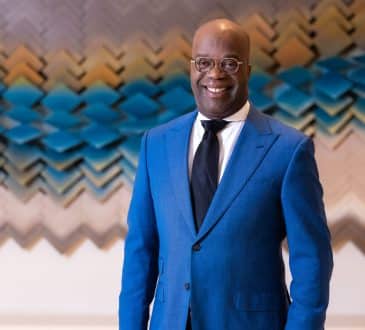Culture By Choice. If You Didn’t Create One, Then You Have Inherited An Alternate One.

Good businesses are about products and services. Great businesses are always about people. No matter what industry you are in, what problem you are solving, or which customers you serve… the truism of every high performing team is an excellent culture.
We all have one. A “culture”, that is. The question is whether you have the one you want. If you didn’t create it, then chances are you have inherited one by default.
The culture diet.
So much has been written around the world on culture. There is a whole sub-culture even, on the topic of “culture” in modern literature. Popular thinking and academic theories seek to make this subject matter the pre-eminent indicator of workplace success. Peter Drucker’s oft-quoted axiom is that ‘culture eats strategy for breakfast’. If this is true (and it probably is), then culture also ingests vision at lunchtime and devours policy for dinner.
No matter what organizational model or business strategy you operate, culture matters. And it makes a meal of anything that attempts to substitute it. To those who disagree, enjoy your articulate and inspiring vision. Boast a brilliant strategy.
Rely on your innovative leadership structure. Point to your past successes. Revel in the demise of competitors to the left and right. The truth will prevail, though… a destructive culture will still bring your team and brand to its knees.
The culture reality.
Most leaders assume their culture is better than it really is. They see what they want to believe. Australian CEOs report that culture is talked about three times more often than it really is. They positively score culture more than double what their colleagues report (EPIC Leading Workplace Cultures Survey Report, April 2011.)
Our own management team was no different. As most C-suite executives did, we positively exaggerated our workplace culture. We weren’t lying… just deceived.
Optimism blinds reality. The higher one climbs the workplace mountain, the less oxygen is available. When you reach the summit, the air is super thin. Cultural hallucinations prevail. You see things that aren’t there. And miss the things that are.
Culture is best defined by the masses – not the leaders. The privileged few at the top have a distorted picture. Find out the experience of those at reception, in accounts payable, and on the sales team. Their view counts the most. What they think, see, do and feel is your culture.
The clinical and customer support teams in the practices at Back In Motion were telling leaders that the coalface culture didn’t support the company values and beliefs. Fortunately, we listened.
Culture change.
Through a series of detailed workshops, team meetings, staff surveys, reflective exercises, WIFLE (What I Feel Like Expressing) sessions, and individual interviews, a new culture was commissioned. A fresh commitment around different ground rules gave birth to a whole new way of life – one they called ONEteam™.
It had to be a shared experience. Why? Because teams create great culture – not just leaders.
Cultural attributes are the daily glue of workplace framework. It relies on intentional action from leadership; emphasis on both the written and spoken word; daily accountability with positive and negative consequences; and rewards and acknowledgement at every opportunity. Without exception, cultural imperatives must be worked into the rhythm of everything the organisation does. To the point it even changes your work flow and organisational chart.
Culture learners.
In pursuing your cultural ideals, beware the cliché approaches. Read journals, seek external advice, and review the case studies of other organisational models. But heed that few ready-made solutions will perfectly fit your circumstances. Become intentional learners.
Don’t just turn the traditional pyramidal organisation chart upside-down as some have attempted. It won’t change culture as it’s only corporate window dressing. Commit to turning yourselves outside-in and downside-up.
This is more about a journey of change in your inner state, than it is about a governance strategy. Bounced forward. Management literature calls it adversarial growth. Evolve your culture through the honest admission you don’t yet have the one you want. And in facilitating this, you will gain so much more.
Have you read?
# Jason T. Smith‘s book Outside-in Downside-Up Leadership (Major Street Publishing $29.95).
# Top 20 Richest Sports Team Owners In The World, 2018.
# India Rich List For 2018: Richest Indian Billionaires.
# China Rich List For 2018: Richest Chinese Billionaires .
Add CEOWORLD magazine to your Google News feed.
Follow CEOWORLD magazine headlines on: Google News, LinkedIn, Twitter, and Facebook.
This report/news/ranking/statistics has been prepared only for general guidance on matters of interest and does not constitute professional advice. You should not act upon the information contained in this publication without obtaining specific professional advice. No representation or warranty (express or implied) is given as to the accuracy or completeness of the information contained in this publication, and, to the extent permitted by law, CEOWORLD magazine does not accept or assume any liability, responsibility or duty of care for any consequences of you or anyone else acting, or refraining to act, in reliance on the information contained in this publication or for any decision based on it.
Copyright 2024 The CEOWORLD magazine. All rights reserved. This material (and any extract from it) must not be copied, redistributed or placed on any website, without CEOWORLD magazine' prior written consent. For media queries, please contact: info@ceoworld.biz
SUBSCRIBE NEWSLETTER









